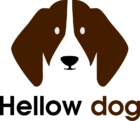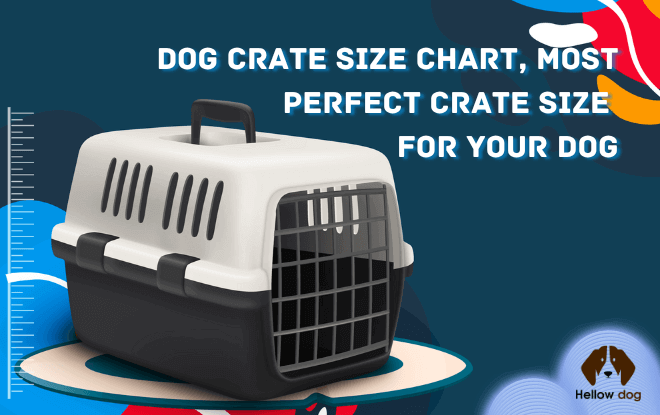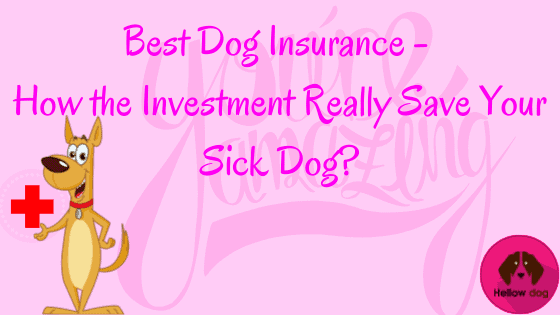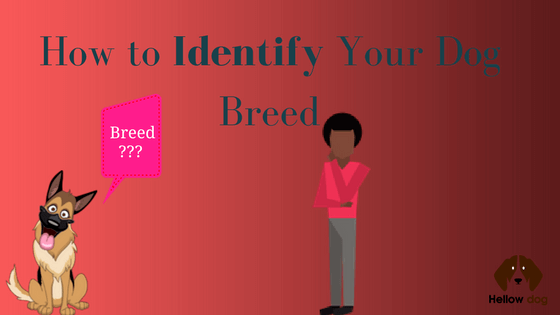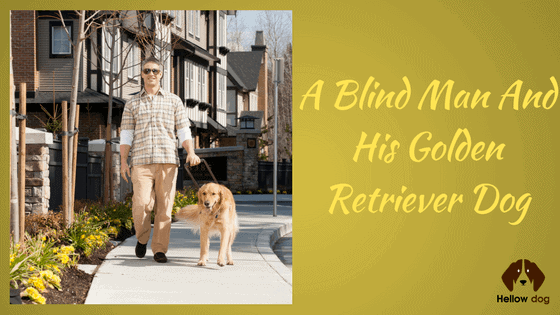Gradual age-related changes in a dog are not apparent at first glance. However, as time passes, you will notice that your pet moves less, sleeps more, and gets gray hair. As the dog ages, it’s necessary to arrange proper care of an older dog, such as feeding your pet premium dog food and treats. The main reason for the increased sleep period and decreased motor activity in older dogs is a decrease in metabolic rate. Metabolism changes cause the animal to gain weight with the same diet and activity level as before. These and other changes in the body can be mitigated by a tailored diet.
Understanding Senior Dog Nutritional Needs
The aging process manifests itself in different ways. In some cases, the vision deteriorates, and your dog may start bumping into objects and not see you. As the body wears out, the heart and blood vessels get affected, and the bones and muscle-related problems develop. Urinary incontinence is another possible issue. Regular vet check-ups become required for older dogs. Due to the changes occurring in the body, the animal’s taste preferences might change, food allergies might develop, and GI problems may occur. Teeth deterioration is also an important possible factor. As a result, adjustments in dog diet become important.
Decrease in the rate of metabolic processes in the dogs body results in an increase of subcutaneous fatty tissue layer, which negatively affects the load on heart, internal organs, and joints of the dog. It becomes harder for the animal to move around, which contributes to even more weight gain. Obesity in an older dog is an aging canine health problem that should never be overlooked. Veterinarians recommend making adjustments to an older dog’s diet after the age of 6-7 years, emphasizing a low-calorie diet with reduced protein and fat. Dental problems are common for old age. An increase in plaque leads to tartar buildup, which causes inflammation of the gums (periodontal disease) and leads to tooth loss.
Unpleasant odors from the mouth and problems with chewing food are frequent consequences of these processes. As a result, aged dogs cannot chew their food sufficiently due to tooth pain and are forced to swallow it in large chunks. This leads to GI issues.
Older pets with dental problems should be fed wet food because it doesn’t require active chewing. If your pet feels more comfortable with natural food, it should be grounded in a homogeneous consistency. This diet is also suitable for dogs without teeth.
Reduced senior dog exercise has a negative effect on bowel function. A common problem noted by owners of older dogs is stool disorders. With old age coming, the number of useful microorganisms in the intestines decreases. As a result, animals might experience a number of negative effects after each feeding, including intestinal pain, flatulence and diarrhea. To avoid such problems, your dog’s diet should contain sufficient quantities of fiber, which stimulates intestinal activity. Also, the menu should include foods containing chondroitin and glucosamine, amino acids that help protect and restore joint cartilage and slow down osteoarthritis. A complete, balanced diet is necessary for older dogs, as well as food supplements, especially vitamin E and selenium. They protect cells from free radicals, thereby slowing aging processes. B vitamins are also beneficial for health.
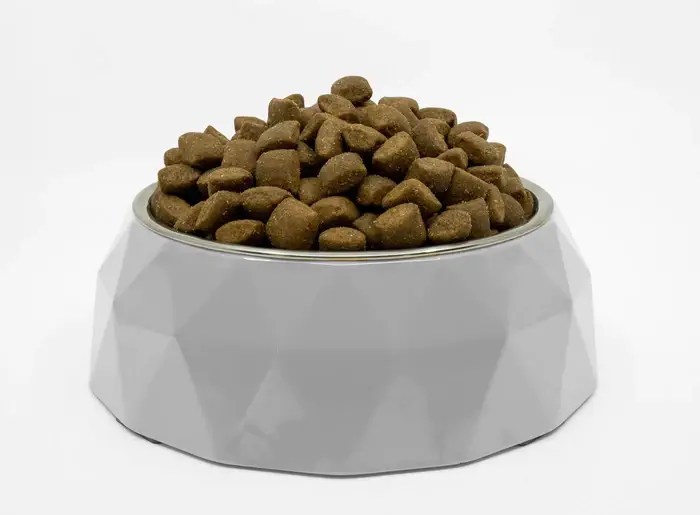
The Benefits of Superior Care Pet Nutrition
Food by Superior Care. Pet is formulated to support immunity, healthy digestion, and muscle mass in older dogs. It brings the following benefits for senior dogs wellness:
- Omega-6, Fatty Acids and Vitamin E for healthy skin and a beautiful coat.
- Easily digestible ingredients and dietary fiber for healthy digestion.
- High-quality protein to maintain muscle mass.
This pet senior dog nutrition contains no artificial colors, flavors, or preservatives, so you can be assured of its safety and quality. When making nutritional adjustments, gradually introduce them into your dog’s diet for 4-5 days. Divide the daily allowance by the feeding frequency per day. The dog should have clean and fresh water to drink at all times. The food is complete and balanced, so no additional vitamins or minerals need to be added to the dog’s diet.
Lifestyle and Wellness Enhancements
When creating a menu that suits senior dog dietary needs, consider:
- Portion control: The pet needs to maintain weight and preserve muscle. The menu should contain the right amount of protein and calories, with protein sources being foods that are easily digested.
- Phosphorus: An elderly dog should reduce the amount of phosphorus in the diet, which negatively affects the kidneys.
Antioxidants. Vitamins C, E, omega-3 fatty acids and other antioxidants improve brain function and support your pet’s cognitive function.
Conclusion
As we navigate the intricate terrain of our canine companions’ golden years, the significance of tailored senior dog nutrition cannot be overstated. The journey of aging unfolds uniquely for each senior dog, demanding a nuanced approach to their evolving needs. From the subtle transformations in appearance to the intricate dance of metabolic shifts, acknowledging and addressing these changes becomes the cornerstone of responsible pet ownership.
